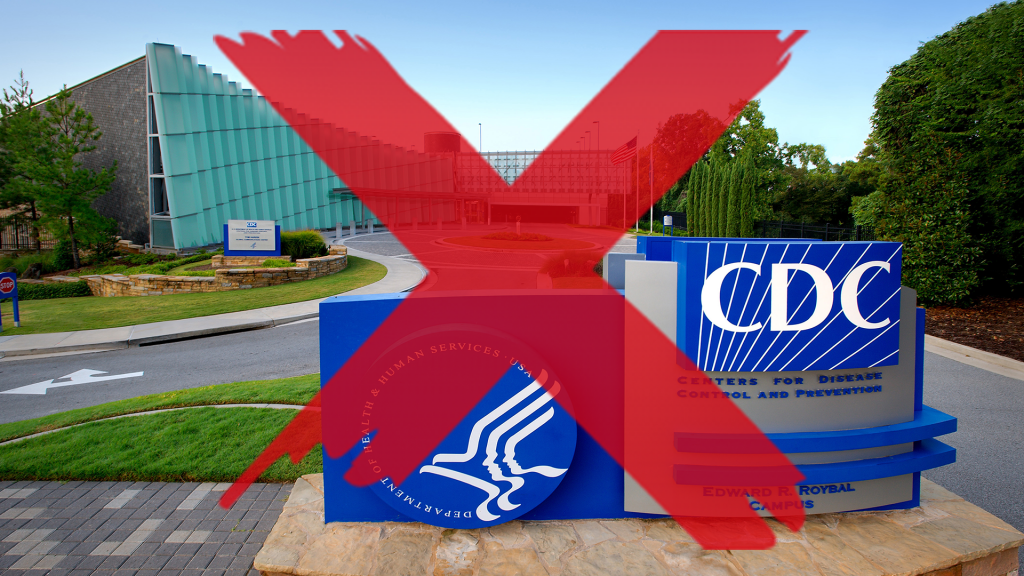


Ms. Esther Lucero, MPP, CEO, Seattle Indian Health Board
Ms. Abigail Echo-Hawk, MA
Director, Urban Indian Health Institute
Chief research Officer, Seattle Indian Health Board
611 12th Avenue South
Seattle, WA 98144-2007
Ms. Fawn Sharp, President
National Congress of American Indians
1516 P Street NW
Washington DC 20005
Dear Ms Lucero, President Sharp and Ms Echo-Hawk,
I was shocked to read in Politico this morning that the Urban Indian Health Institute and the National Congress of American Indians were taken aback when the CDC rebuffed tribal and urban Indian community access to COVID-19 data relevant to the health of American Indians (See: https://www.politico.com/news/2020/06/11/native-american-coronavirus-data-314527). What shocked me the most is that we have known for months that the Tribal Epidemiological Centers had no cross-jurisdictional access to data at the County, State or Federal levels. Indian Country needed to take action on its own.
We at CWIS have strongly urged a country-wide, coordinated effort by Indian Tribes and Urban Indian communities to plan, organize commit to a self-directed Indian Country effort to prevent and limit COVID-19 Pandemic infections. We have offered to help with this effort to ensure on the ground responses to the pandemic. In 1918 the United States did not respond to tribal communities claiming they were not citizens of the United States, and indeed they were not. But, still whole communities (in Alaska, for example) were wiped out by the pandemic then. WE ARE FACED WITH THE SAME NEGLECT AND DENIALS AS WER EXPERIENCED IN 1918 WITH COVID-19) IT IS NECESSARY FOR TRIBES AND URBAN CENTERS TO WORK TOGETHER AND COORDINATE OUR OWN RESPONSE IN SUPPORT OF LOCAL COMMUNITIES.
As you may know, we at the Center for World Indigenous Studies have conducted a country-wide assessment of the COVID-19 Pandemic in Indian Country (See most recent report attached) and concluded the 1. Tribal access to data through TEPs and or the CDC or the Indian Health Service was not only unlikely, but the data is unreliable, and 2. The counties, state and federal government have not disaggregated data allowing for specific tribal and urban community health monitoring as the US government agreed to undertake at the UN World Conference on Indigenous Peoples in 2014, 3. Tribal leaders and Urban Indian leaders must work together to “go it alone without the United States, States and Counties—where it is possible to coordinate with them, then coordinate, but otherwise undertake an independent country-wide plan.
For your added information let me offer these epidemiological notes of things we must not rely on and the things we MUST do:
Uses of CASE DATA: Case counts are utterly misleading. It is widely known in the epidemiological community that only 10 -15 percent of the infections are diagnosed in the US. That means the CDC, HIS, County and State CASE DATA is undercounted by 5% to 80%. In Indian Country we estimated that the undercounts could well be closer to 80% under. Predicting trends from the undercounts without considering distribution within a community (who is tested and who intensively tested) then the exercise is POINTLESS.
TRACKING TEST NUMBERS: Tracking the number of tests is essentially useless. Positive test tracking is more useful for determining trends, but if the testing is inconsistent, incorrectly conducted, and when testing is conducted (right as soon as patients feel sick). Lack of consistency and correct testing are factors rarely considered in the data.
MODELS ARE CHANGEABLE: Models are based on different assumptions and can change markedly. Models must be used to “change the future” and not predict it.
REPRODUCTIVE NUMBERS: This is the rate at which the COVID-19 changes, but this is a rough estimate, based on untestable assumptions, AND IT LAGS BY AT LEAST A WEEK rendering it of limited use for day-to-day monitoring or health action.
CONTACT TRACING: this is essential as a focus that requires close attention since HOW THE PROGRAM IS ORGANIZED WITH GOOD TRAINING is more important than the total number of staff. The focus in the US has been on the total number of staff.
TRACKING NUMBERS: Tracking the number of infections without an identified source case or vent reveals the effectiveness of the contact racing process. Areas with unlinked infections can control the virus by improving contact tracing and physical distancing.
ISOLATE INFECTED PEOPLE QUICKLY: Testing the right people, getting results fast and finding and isolating patients immediately halts the spread of COVID-19.
POPROTION OF CASES COMING FROM QUARANTINED CONTACTS: This is the fundamental outcome indicator of a contact-tracing program. If all new cases arise from among known, quarantined contacts, spread of the disease stops.
TRACK HEALTH-CARE WORKER INFECTIONS: Track and reduce the number of infections in this cohort ensures an effective health-care support system.
EXCESS MORTALITY TRENDS: Public health staff have been distracted by having to generate numbers that have little meaning and less use for planning and managing the pandemic in communities. Information on total deaths compared weekly with historical trends and analyzed by age, tribe, gives essential information about what’s happening with COVID-19 and non-coronavirus health problems and helps target interventions.
What I am trying to suggest is that we have the capacity in our own institutions to plan, organize and undertake a program to prevent and limit the COVID-19 Pandemic in Indian Country if we just get together and develop and coordinate the plan.
As always, we are open to working with the leadership to facilitate management of the spread of COVID-19 in Indian Country. We are not confident that it makes any sense to press CDC, IHS or other US government or state agencies now for help. Their capabilities are far too limited and unreliable. Time is running out. Indian Country is dying.
Yours sincerely,
Rudolph C. Ryser, Ph.D.
Chair of the Board
The library is dedicated to the memory of Secwepemc Chief George Manuel (1921-1989), to the nations of the Fourth World and to the elders and generations to come.
access here